
Alibaba.com showcases a diverse range of electric transaxles designed to cater to various vehicle needs. Among the offerings, you can find robust 5000w and 7500w electric transaxles, suitable for go-carts, ATVs, and other recreational vehicles, providing ample power for high-performance demands. For those seeking efficiency in smaller applications, options include compact 24V electric transaxles with power ratings from 180W to 2000W, ideal for golf carts, mobility scooters, and electric trolleys.
The platform also lists specialized electric transaxles like the 800W and 1300W permanent magnet brushed motors, which are known for their durability and consistent performance. For heavier applications, the 110kw 3 phase induction motors and synchronous motors up to 60kw offer high torque and smooth operation, suitable for industrial machinery and heavy-duty vehicles.
In addition to power variety, there are also transaxles with specific features such as integrated gearboxes, which provide a compact and efficient solution for power transmission in electric vehicles. Brushless motor options are available as well, offering the benefits of lower maintenance and longer life spans, making them a practical choice for continuous use applications.
The selection extends to waterproof models and those with high torque capabilities, like the 12v and 42v dc reduction motors, ensuring that there's a match for environments demanding rugged and durable components. With such a wide array of electric transaxles, Alibaba.com stands as a hub for sourcing the right motor and drive assembly to power a vast spectrum of electric vehicles and equipment.









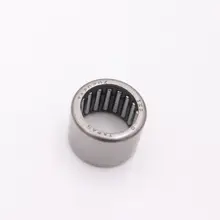







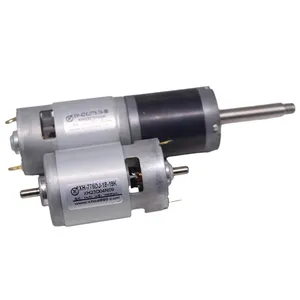

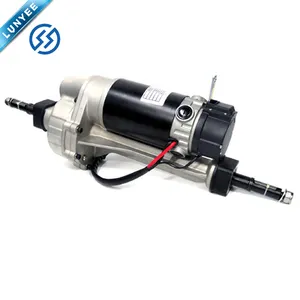








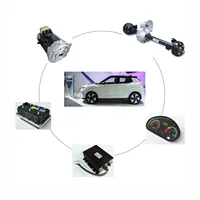

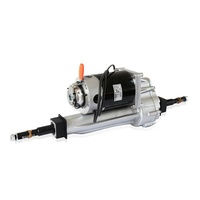








 浙公网安备 33010002000092号
浙公网安备 33010002000092号 浙B2-20120091-4
浙B2-20120091-4